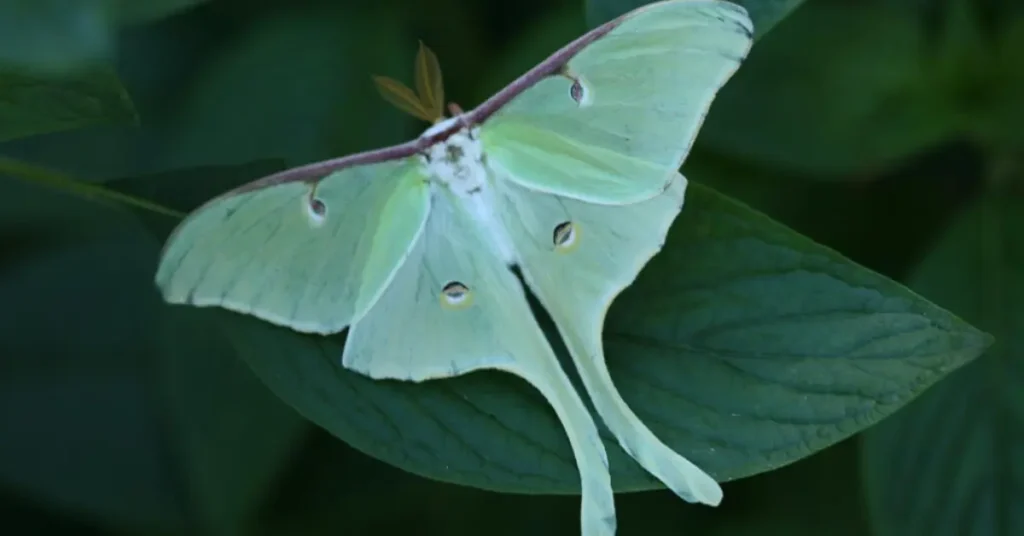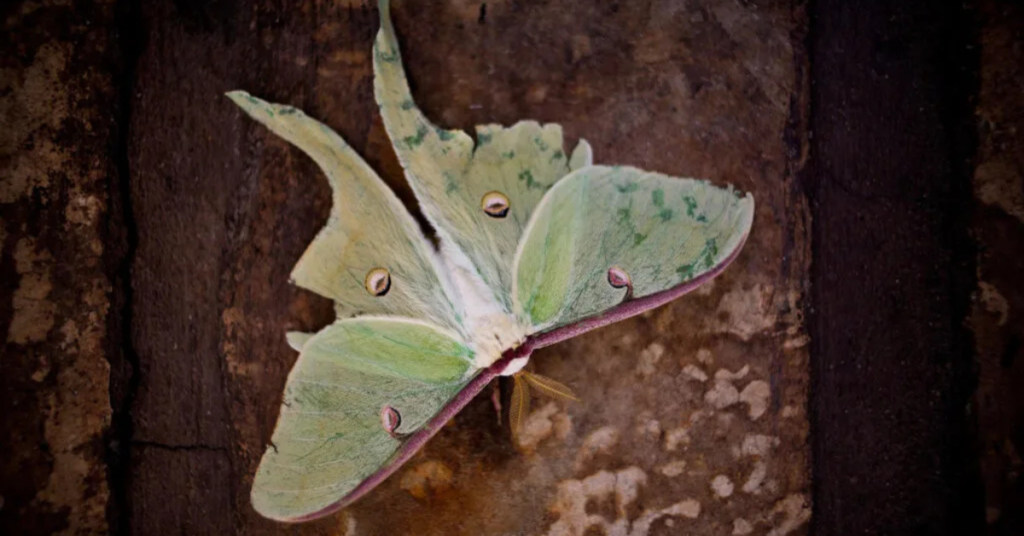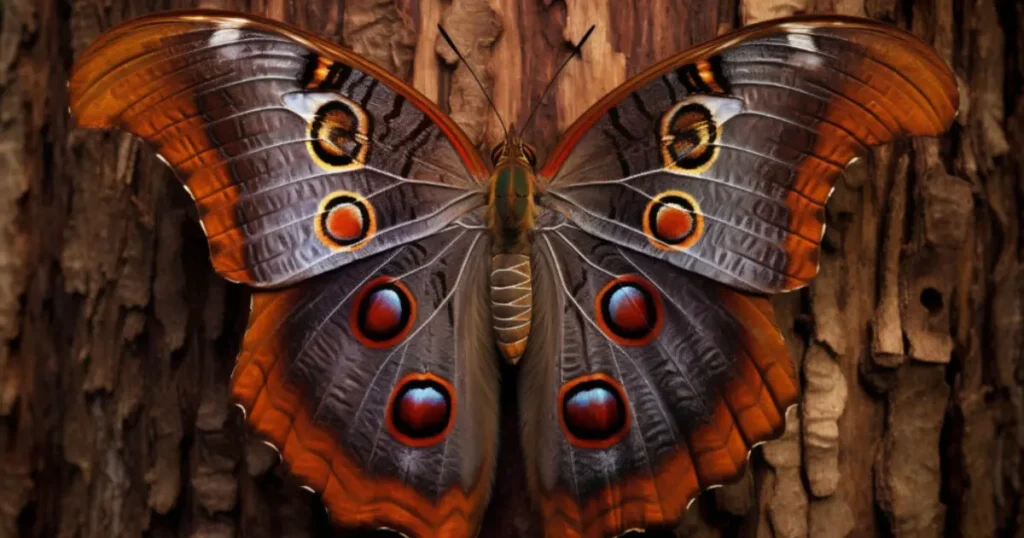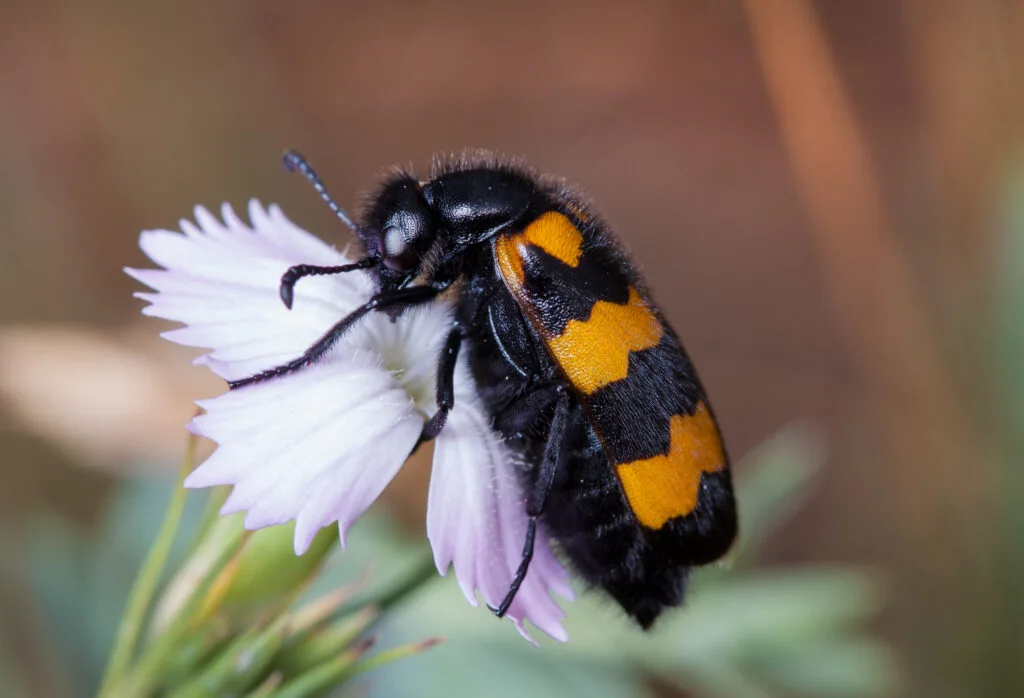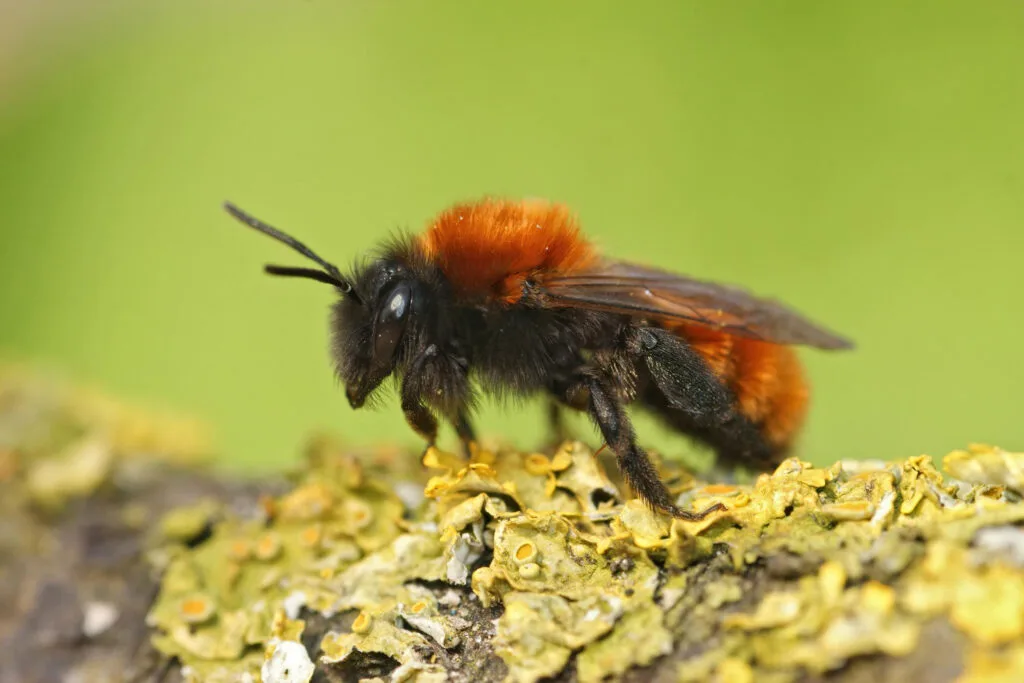The Budgerigar (Budgie) Breed is one of the most popular pet birds worldwide. Known for their playful personalities, intelligence, and striking colors, these small parrots make excellent companions. Whether you are a first-time owner or an experienced bird lover, understanding their care, health, and lifespan is essential for keeping them happy and thriving. Their ability to mimic human speech and interact socially makes them a favorite among bird enthusiasts.
Table of Contents
ToggleUnderstanding the Budgerigar (Budgie) Breed
The Budgerigar (Budgie) Breed originates from Australia, where they live in large flocks in the wild. These birds belong to the parrot family and are known for their remarkable vocal abilities. Due to their social nature, they thrive in environments where they receive plenty of interaction and mental stimulation. In their natural habitat, budgies travel long distances in search of food and water, which is why they require ample space to move around, even in captivity.
Budgerigar (Budgie) Breed Care Guide
1. Ideal Cage Setup
A well-structured cage is crucial for your Budgerigar’s well-being. Here’s what you need:
- Minimum cage size: 18x18x18 inches, though larger is always better.
- Horizontal bars for climbing, as budgies love to move around.
- Natural perches of varying sizes to promote foot health and prevent arthritis.
- Engaging toys such as swings, bells, and puzzle feeders to keep them mentally stimulated.
- Fresh food and water bowls, placed away from perches to avoid contamination.
- A clean and quiet environment, away from direct sunlight and cold drafts.
2. Diet and Nutrition
The Budgerigar (Budgie) Breed requires a balanced diet to maintain good health. Their diet should include:
- High-quality seed mix and pellets (a mix of both is ideal, as an all-seed diet lacks essential nutrients).
- Fresh fruits and vegetables (apples, carrots, spinach, bell peppers, and broccoli provide vital vitamins and minerals).
- Cuttlebone and mineral blocks for calcium and beak health.
- Occasional protein sources like boiled eggs and sprouted seeds to support overall vitality.
- Freshwater daily, ensuring it’s clean and replaced frequently to prevent bacterial growth.
3. Socialization and Training
Budgies are intelligent and social birds that need daily interaction. Training them to perch on your finger and teaching them tricks can strengthen your bond. Talking to them regularly encourages them to mimic sounds and possibly learn words. When training a budgie, patience is key, as they respond best to positive reinforcement and gentle handling. Ensuring they have a companion, whether human or another budgie, can significantly improve their mental health.
Common Health Issues in the Budgerigar (Budgie) Breed
While Budgerigar (Budgie) Breed birds are generally hardy, they can suffer from some common health problems:
1. Respiratory Issues
Budgies are sensitive to drafts, smoke, and poor ventilation, which can cause breathing difficulties. Symptoms include wheezing, tail bobbing, and nasal discharge. Keeping their environment clean and well-ventilated reduces the risk of respiratory infections.
2. Mites and Parasites
Scaly face mites and feather mites can affect budgies, leading to itchy, flaky skin and feather loss. Regular cage cleaning, proper hygiene, and periodic vet check-ups help prevent infestations.
3. Obesity and Malnutrition
A diet high in seeds can cause obesity, while a lack of fresh produce can lead to vitamin deficiencies. Ensure a well-balanced diet and encourage regular flying sessions outside the cage for exercise.
4. Beak and Feather Disease (PBFD)
A viral infection that affects the beak and feathers, PBFD can be fatal. Symptoms include feather loss, abnormal feather growth, and beak deformities. Keeping your budgie’s environment clean, providing a healthy diet, and monitoring their health regularly can reduce the risk.
5. Egg Binding
Female budgies may suffer from egg binding, a condition where an egg gets stuck inside the reproductive tract. This is life-threatening and requires immediate veterinary attention. Providing a calcium-rich diet helps prevent this condition.
Budgerigar (Budgie) Breed Lifespan
The Budgerigar (Budgie) Breed has an average lifespan of 5-10 years, but with optimal care, some can live up to 15 years. Factors that affect their lifespan include:
- Diet: A nutritious diet promotes longevity and reduces the risk of illnesses.
- Exercise: Regular out-of-cage flight time keeps them active and prevents obesity.
- Mental Stimulation: Engaging toys, interaction, and training sessions prevent boredom and stress, contributing to a longer lifespan.
- Veterinary Care: Routine check-ups help detect early signs of illness and ensure prompt treatment.
- Hygiene: Keeping their cage, perches, and food dishes clean prevents infections and diseases.
Conclusion
The Budgerigar (Budgie) Breed is a delightful pet for bird enthusiasts of all levels. Their intelligence, affectionate nature, and vibrant personalities make them an excellent choice for companionship. By providing proper care, a nutritious diet, and a stimulating environment, you can ensure a long and healthy life for your budgie. Whether you’re a beginner or an experienced owner, understanding their needs will help your feathered friend thrive in your home.



